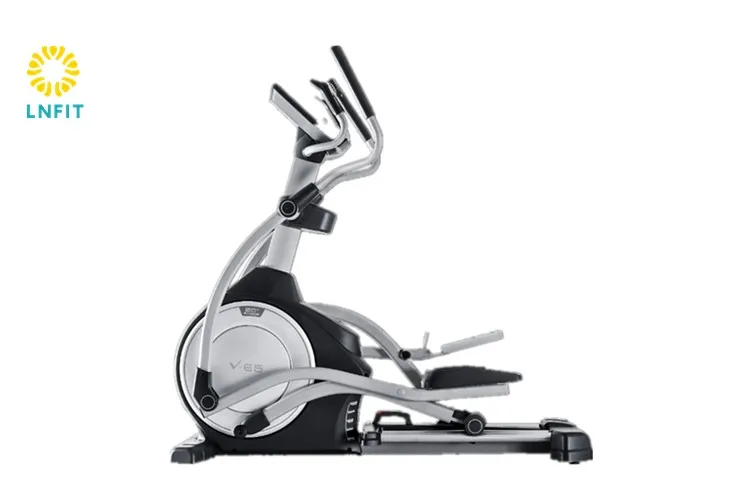
While the peripheral factors to loss of motor coordination after exhaustive exercise seem well understood, less is known on the central, cortical contributions. Consequently, both reduced contractile function and modulated cortical processing may therefore impair motor coordination. On the peripheral site, phenomena like reduced motoneuron excitability and reduced motor unit firing rates seem to dampen motor output (Taylor et al. Moreover, metabolic products like blood lactate seem to modulate the excitability of cortical neurons (Magistretti and Allaman 2018).

On the central site, stress-stimulated adreno-receptors seem to inherently modulate prefrontal cortex activity, which is a crucial instance for movement execution (Arnsten 2009). It has been suggested that such effects can be explained by modulations in both central and peripheral neural circuits leading to impaired coupling of sensory perception and motor execution (McMorris et al. However, several investigations observed that high exercise load can impair the sequential coordination of limb movement, which consequently leads to reduced power output and reduced performance (Bassan et al. In this regard, a precise sequential order of movements is crucial for the athlete to move efficiently during exercise, especially in technically demanding endurance sports (Holmberg et al.

While a well-adapted cardiovascular system is required to sufficiently supply the working muscles with metabolic energy during exercise, a highly developed interaction within the central nervous system is mandatory for motor coordination between upper-limb, trunk and lower-limb muscles (Bucher et al.


Increasing load during endurance sports challenges both the cardiovascular and the central nervous system.


 0 kommentar(er)
0 kommentar(er)
